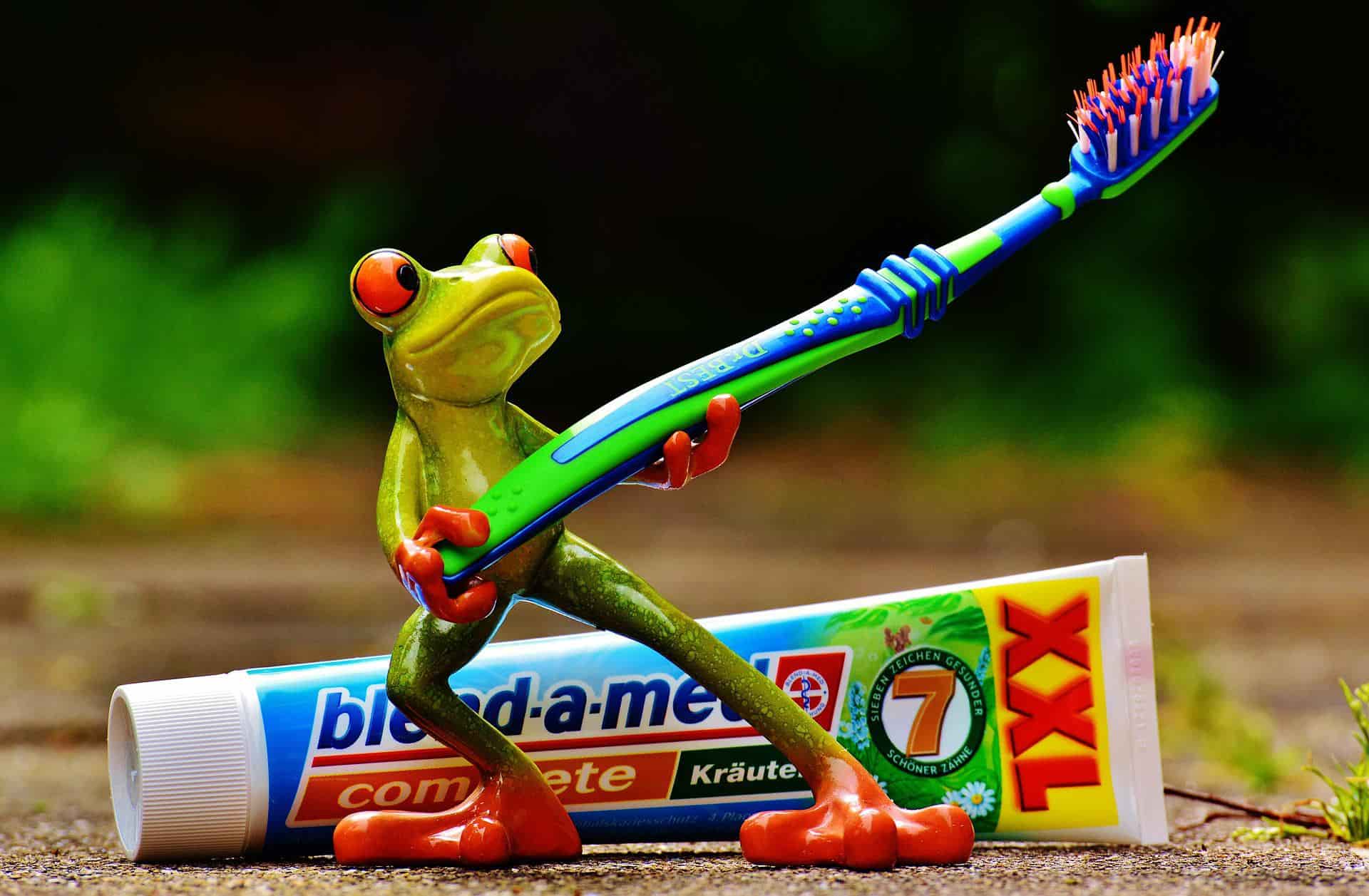Aim: To prepare, evaluate and submit toothpaste.
Requirements: Sieve No. 80 #, Mortar-pestle, Beakers, Water bath, and Collapsible tube.
Chemicals: Calcium carbonate, Dicalcium phosphate dihydrate, Glycerin, Sodium carboxymethylcellulose, Sodium Lauryl Sulphate, Sodium Saccharin, Colour, Flavour, Preservatives, and Purified water.
Formulation Consideration: Toothpaste is a cosmetic preparation intended for cleaning teeth and giving a cool and fresh sensation.
1. Precipitated chalk and dibasic calcium phosphate dihydrate: These are always used in conjunction, very effective in cleaning, and as abrasive agents to give polish to teeth. If calcium carbonate is used alone, the pH of the final product is alkaline. Therefore if chalk is used as an ingredient in toothpaste and Aluminium tubes are used, it may be necessary to add sodium silicate to protect aluminum tubes from corrosion. Dibasic calcium phosphate dihydrate helps in lowering the pH. It also improves stability and flavoring properties. DCP has low abrasive power. It is incompatible with fluorides. Dibasic calcium phosphate dihydrate being in the metastable state reverts to the anhydrous form resulting in the hardening of the paste. This change is accelerated, if fluoride ions are present.
2. Humectants: They prevent the drying of toothpaste.
Glycerin: It is popular but the most expensive. It contributes a sensation of warmth to the mouthfeel. The use level is 20-40%. It is used as a stabilizer, sweetener, humectant, and flavor modifier. It prevents the drying of toothpaste and keeps it in mobile condition even if the cap is not fitted properly.
3. Detergent: It is used in a concentration of 0.5 to 2% due to its effective cleansing action. E.g. SLS. It lowers Surface tension thereby promoting penetration of paste and helping in the removal of deposits and debris. It also removes mucus by emulsification.
4. Binding Agent: Natural or synthetic gums are used in toothpaste to hold solid and liquid ingredients together in the toothpaste. They increase the viscosity of paste preventing liquid bleeding from it. The proportion used is 0.9-2%. Sodium CMC is used because it is stable in the presence of electrolytes and calcium ions and has a good taste
5. Flavour, Sweetener, and Colour: They are also added for aesthetic appeal.
Formula:
| Sr.No. | Ingredients | Quantity Given % w/w | Quantity Taken |
| 1 | Calcium carbonate (Precipitated Chalk) | 15 | |
| 2 | Dicalcium phosphate dihydrate (DCP) | 35 | |
| 3 | Glycerin | 25 | |
| 4 | Sodium carboxymethylcellulose | 1.5 | |
| 5 | Sodium Lauryl Sulphate(SLS) | 2 | |
| 6 | Sodium Saccharin | 0.05 | |
| 7 | Colour and Flavour | q.s. | |
| 8 | Preservatives | q.s. | |
| 9 | Purified water | q.s. to 100 gm |
Procedure:
- Sift calcium carbonate and DCP through sieve No. 80 #and triturate the required quantity with sodium saccharin in clean and dry mortar.
- Then add glycerin to the mortar and triturate.
- Prepare the mucilage of Sodium CMC in a dry beaker with a small amount of hot water with preservatives dissolved in it. Break lumps if formed.
- Add this mucilage to the above mixture in mortar and continue triturating to get a smooth consistency.
- Then add the required quantity of coloring and flavoring agent.
- Dissolve the required quantity of SLS in the rest of the required quantity of water in a separate beaker.
- Add SLS solution to the above paste and stir gently to avoid foaming. Weigh and fill in a clean and sieve No. 80 #.
Label: For external use only.
Storage: Store in a cool dry place below 30°C.
Packaging: In a collapsible tube of different sizes.
Use: Whitens the teeth and freshens the breath.
Directions: Brush the teeth thoroughly after each meal or at least twice a day with pea size amount of toothpaste.
Precautions: Not to be swallowed. Keep out of reach of children.
Evaluation Test:
| Test | Observations |
| Appearance | |
| Homogeneity | |
| Stability | |
| Tube inertness | |
| Determination of hard and sharp-edged abrasive particles | |
| Spreadability | |
| pH | |
| Foaming power | |
| Scratch test |
Make sure you also check our other amazing Article on : How to Make Nail Lacquer Remover?
